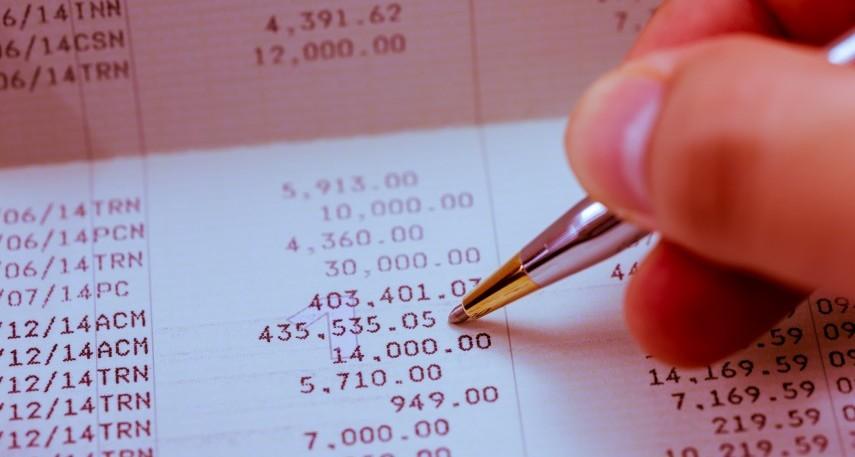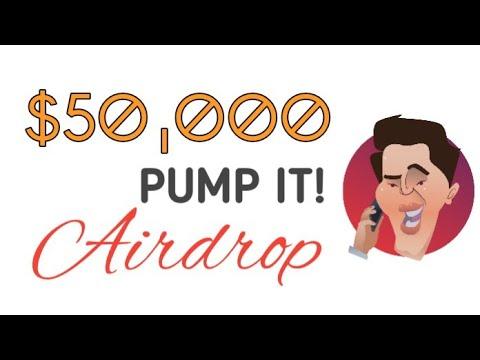If you’re self-employed or a gig worker looking to buy a home, a bank statement loan might help. With a bank statement loan, you qualify for a mortgage based on your bank statements rather than tax returns.
What is a bank statement loan?
With a bank statement loan — also known as a stated income loan — you won’t need to provide your lender with some of the typical financial documents needed for a mortgage, such as W-2s and tax returns. Instead, you’ll use bank statements to prove income. This can be helpful if your income is inconsistent, your employer doesn’t issue traditional paychecks or you claim significant tax deductions. This might apply if you’re a doctor, lawyer or real estate agent, for instance.
“One example would be if your tax returns show that you made $100,000 last year when you really made $200,000 because you were able to deduct an expensive printing machine you bought,” says Brad Seibel, head of Mortgage at Sage Mortgage. “Your bank statements, rather than your tax returns, would adequately show your income.” (Editor’s note: Sage Mortgage is owned by Bankrate parent company Red Ventures.)
What are non-qualified mortgages?
Bank statement loans are considered riskier than typical mortgages, and many banks and mortgage lenders don’t offer them. That’s because they’re non-qualified (non-QM) mortgages, meaning they aren’t backed by Fannie Mae and Freddie Mac, so there’s less protection for lenders and borrowers.
Non-QM mortgages include any loan that doesn’t meet the conforming standards set by Fannie and Freddie. These standards include things like the loan amount, debt-to-income ratios and proof of income.
Non-QM loans give borrowers a chance to qualify for a loan, even if they aren’t eligible for a conforming loan. However, they tend to have higher interest rates, meaning they cost more. They also lack some of the consumer protections that conforming loans have. For example, a non-QM loan could negatively amortize or include a balloon payment. Be sure to read the fine print carefully before signing.
How do bank statement loans work?
The application process for a bank statement loan differs from that of a traditional mortgage. When you apply, you’ll provide the lender bank statements from the past year or two years, instead of the past two months or three months, as well as information about your business and expenses.
If you have personal and business accounts, you’ll need to provide statements for both.
“The type of business, the number of employees and whether the business has a physical location are some of the questions that bank statement lenders will want to know to decide the expense factor,” says Darrin Seppinni, president of HomeLife Mortgage, a California-based lender specializing in bank statement loans.
Although bank statement loans offer greater flexibility, it’s not uncommon for them to have a prepayment penalty. (If you expect to refinance the loan in the future, this penalty could throw a wrench in those plans.)
Depending on your credit score, you might also need to make a larger down payment on a house. Generally, you can qualify for a bank statement loan with a score as low as 620, but a 700 or higher gets you a better rate and terms.
A borrower working with HomeLife Mortgage that has a credit score of 640, for example, might need to make a 20 percent down payment, while a borrower with a 660 score could get away with putting down 15 percent.
Overall, expect to meet the following requirements:
- Provide two years’ worth of bank statements
- Provide a profit and loss statement for your business
- Make at least a 10% down payment
- Have adequate cash reserves to cover multiple monthly payments
- Have a credit score of at least 620
- Have a DTI ratio of 55% or lower (some lenders look for 45% or lower)
- Provide business licenses, organization documents and other related paperwork
Who are candidates for bank statement mortgages?
“Good candidates for bank statement loans include small business owners, entrepreneurs, freelancers and gig workers,” says Seppinni.
This often includes full-time real estate investors, who qualify for bank statement loans based on revenue from their portfolio.
You might also consider a bank statement loan if your income can’t be documented in a traditional way. For example, some employers pay workers via prepaid cards instead of direct deposits.
How to find a bank statement loan
If you aren’t already working with a mortgage lender who offers bank statement loans, a mortgage broker might be able to help you find one. A broker often has partnerships with several wholesale lenders, which gives them access to a variety of unique types of mortgages and deals.
Brokers typically don’t charge borrowers for their services — instead, they charge the lender, who then passes the cost onto you in the form of fees or a higher rate. When comparing brokers, ensure whoever’s on your short list is licensed to work in your state and has experience with bank statement loans.
When comparing loan options, look carefully at closing costs, APRs and other fees to choose the cheapest loan.
Alternatives to bank statement loans
Bank statement loans are one way for people — like self-employed individuals or gig workers — to borrow money, but there are other mortgage loan options. Unlike bank statement loans, these options typically don’t require years-worth of financial records and are typically less expensive to get. Alternatives include:
- Conventional loans: Conventional loans are available through virtually every mortgage lender. They tend to offer much better interest rates and terms compared to bank statement loans. Simply put, “if you have pay stubs, it’s a much better deal to submit pay stubs,” says Seibel.
- FHA loans: FHA loans are especially popular among first-time homebuyers due to their flexible qualification criteria.
- VA loans: Eligible service members, veterans and surviving spouses can obtain a VA-backed mortgage with no money down.
- Asset depletion loans: If you have no income but significant assets, a lender might be able to use those assets to qualify you for a mortgage. These types of loans are costly, however — it might make more sense to sell some assets to get the funds to buy a home.
- DSCR loans: If you’re a real estate investor, you might qualify for a debt service coverage ratio (DSCR) loan, which is based on your portfolio’s cash flow and how that relates to your ability to repay the mortgage. Keep in mind that when calculating the DSCR, lenders tend to be conservative and account for higher expenses and a vacancy rate.
- Interest-only loans: You’ll only pay interest for the first few years of the loan’s term, then pay both principal and interest. This keeps your costs low for a while, but you also won’t build any equity during the introductory period, and you might not be able to afford the principal and interest payments once they kick in.
- Portfolio loans: When a lender issues a portfolio loan, it retains that loan in its portfolio versus offloading it on the secondary mortgage market. Because of this, these types of loans have more flexible qualifying standards. They aren’t always advertised, however, and are typically reserved for high-value customers or those who already have a relationship with the lender. If you’re an investor, consider maintaining your bank accounts with a portfolio lender. This can give you a leg up when you need a mortgage.
Is a bank statement mortgage right for you?
A bank statement mortgage loan might be to your advantage if your tax returns don’t adequately reflect your income. The fact is, however, many self-employed workers are eligible for other, more traditional types of mortgages, even with inconsistent income. Given that bank statement loans have considerable downsides, it’s crucial to carefully consider all options.
“No one should ever get a bank statement loan if you actually have the income that qualifies for a traditional loan,” says Seibel.





